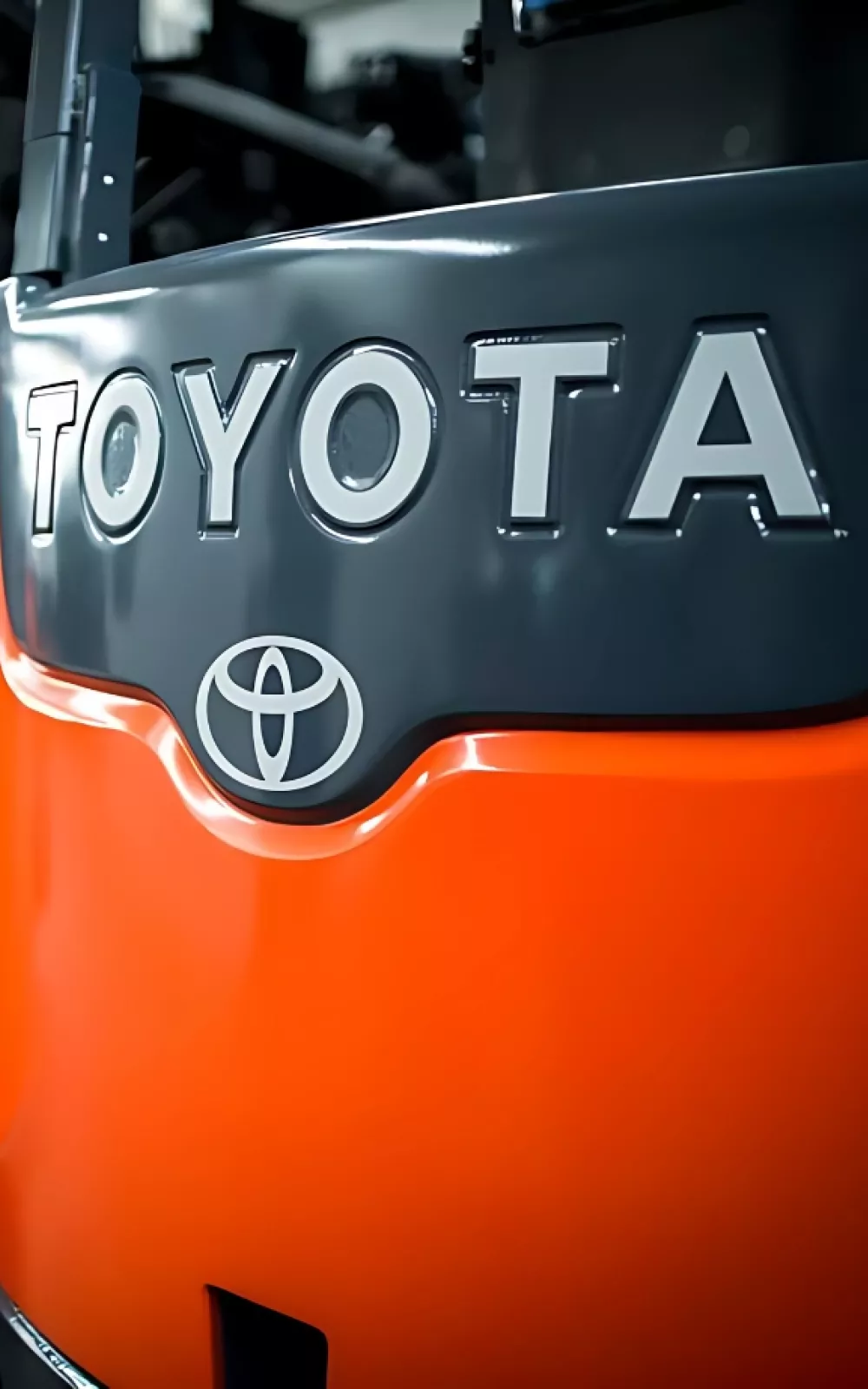Rent
ProLift offers daily, weekly, and monthly rentals. Find the right equipment for maximum productivity and safety.
ProLift offers daily, weekly, and monthly rentals. Find the right equipment for maximum productivity and safety.
Used forklifts with warranties and a 30-day exchange guarantee, plus as is and wholesale equipment options.
Explore leasing, ownership, and rental purchase options for equipment and other warehouse solutions.
Reimagine your warehouse and increase your storage capacity! CAD drawings included.
Reimagine your warehouse and increase your storage capacity! Submit your request for quote and a warehouse solutions consultant will reach out to schedule a site visit.

Minimize downtime when you schedule our mobile tire truck for on-site tire pressing.
Minimize downtime when you schedule our mobile tire truck for on-site tire pressing. Our parts team will reach out soon!
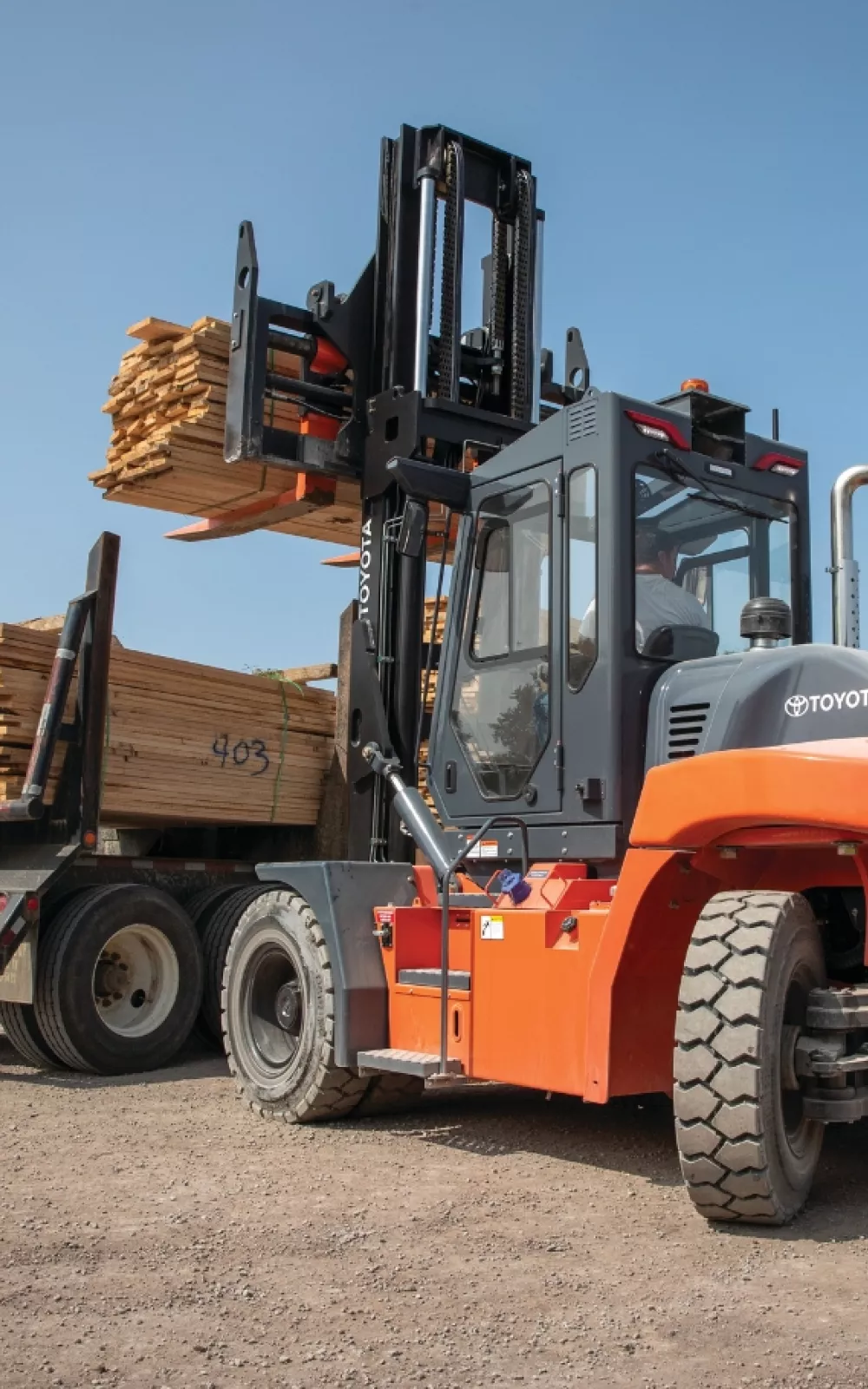
Keep your equipment on a maintenance schedule to stay ahead of needed parts and service.
ProLift offers four maintenance programs to fit your productivity and budget. Schedule a site survey and quote with a sales consultant.

Let us know how we can assist you! A ProLift specialist will connect with you to help with your material handling needs.
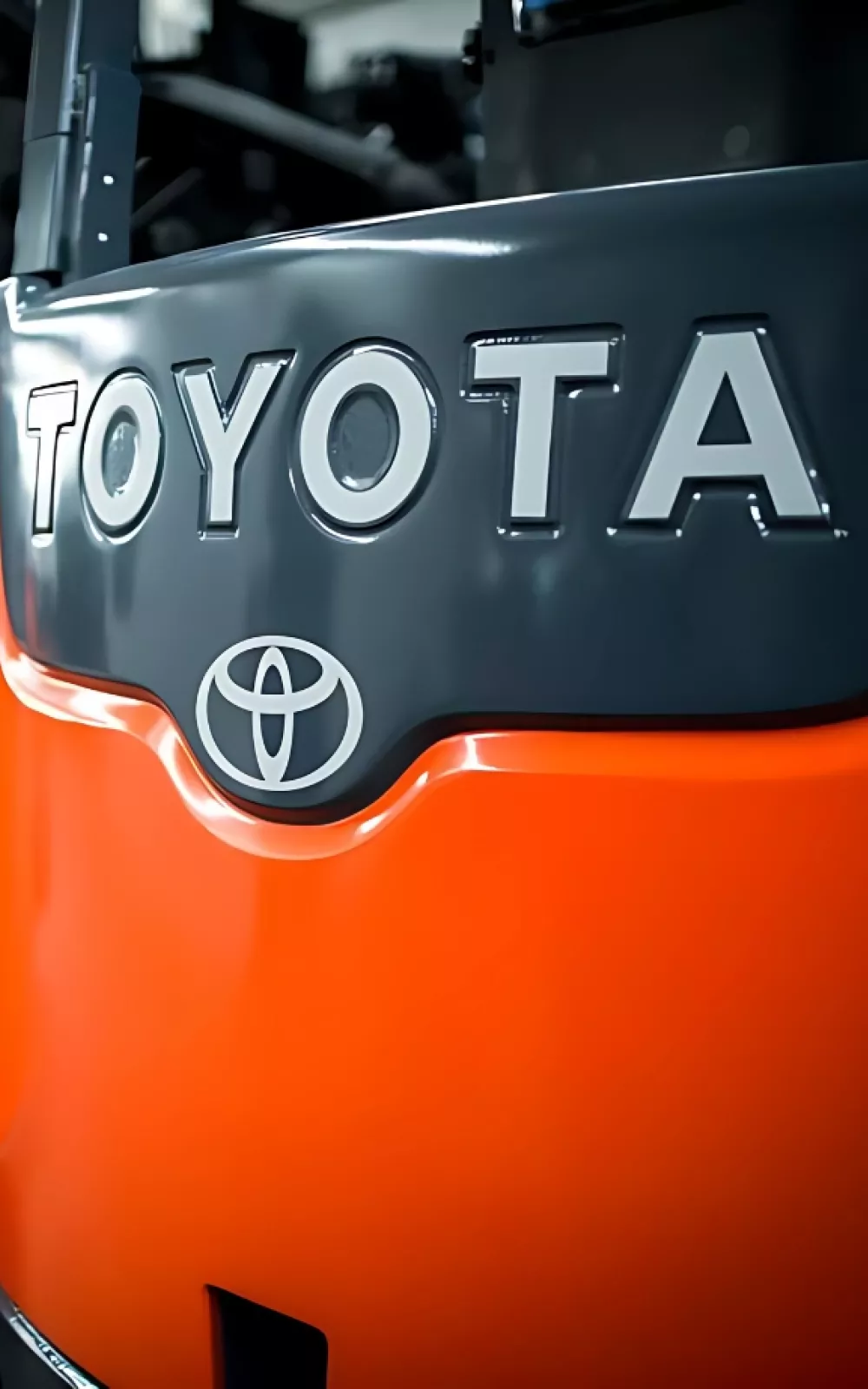
Let us know how we can assist you! A ProLift specialist will connect with you to help with your material handling needs.

Looking for an efficient solution to transport your team and materials across large workspaces? Discover the benefits of personnel carriers and why they might be the perfect addition to your operations.
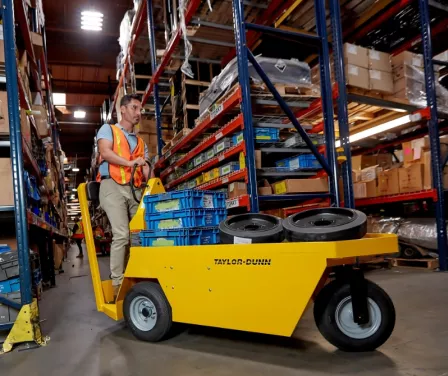
Pedestrian interaction with material handling equipment traffic is one of the most dangerous situations in a manufacturing, warehousing or distribution environment. Without protected walkways it is difficult for operators to visually locate pedestrians. Personnel carriers can not only increase the safe transport of employees but it can also increase their productivity.
Forklift fatality statistics teach us an operator is more likely to kill a pedestrian than themselves in an accident.
Putting an employee in a personnel carrier with running lights or a flashing beacon and horn reduces pedestrian traffic and risk of injury. Visibility of personnel is also increased while riding on this equipment.
Employees have limited hours in a workday, and time spent walking around the facility reduces the time available for other tasks. This often leads to rushing, with employees taking shortcuts through the facility instead of using designated walkways.
In some cases, workers may think, "If I follow safety protocols, it will slow me down." For example, a maintenance worker might need a specific tool to safely complete a repair but may choose not to return to the shop to retrieve it. Instead, they might use whatever tools are nearby, increasing the risk of injury.
The right machine for the job is as important to safety as it is to productivity, customer satisfaction and reliability.
A personnel carrier may be seen as a luxury item for the warehouse; however, it can reclaim production time lost during walking through the facility. It also decreases the risk of workplace accidents or injuries. Learn about our line of Taylor-Dunn utility vehicles.
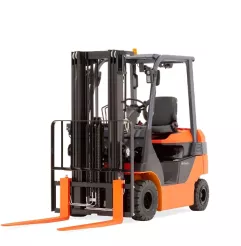
Carry people and loads, or tow the load. ProLift understands getting people and product to where they need to go is vital to reducing costs and being efficient.
As a full-service material handling dealer, ProLift can help you with questions and solutions for your equipment, service, parts and more. Tell us how we can help.

Let us know how we can assist you! A ProLift specialist will connect with you to help with your material handling needs.
